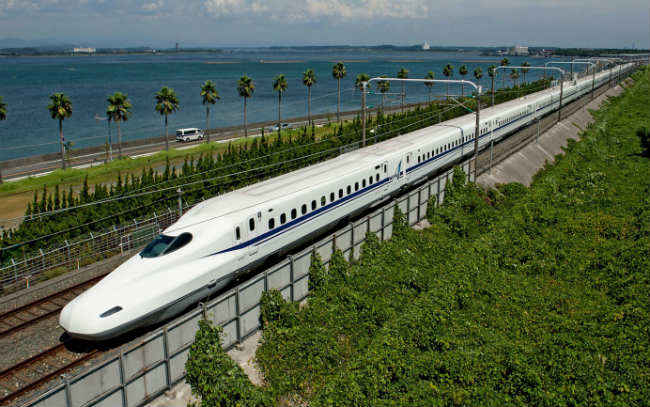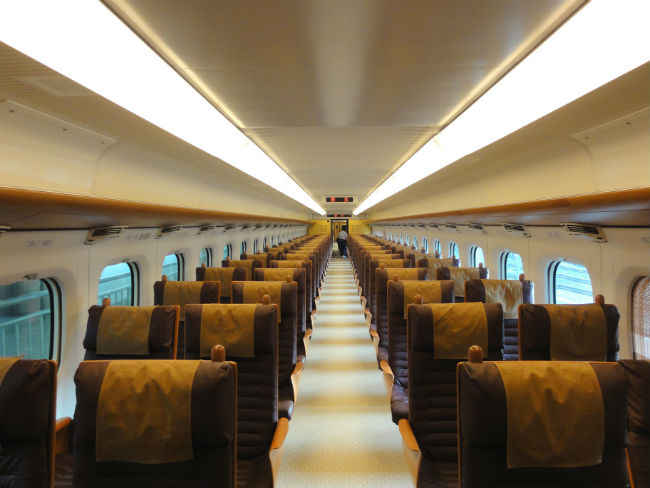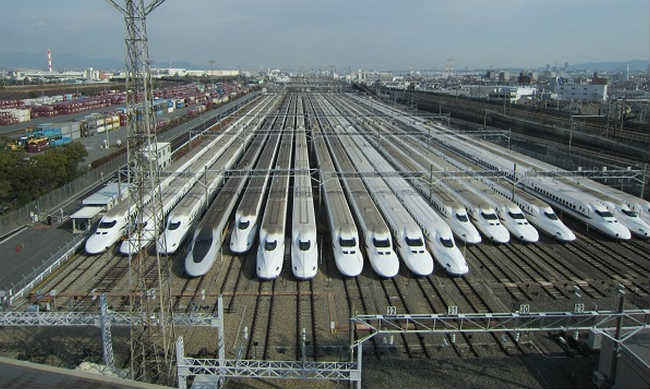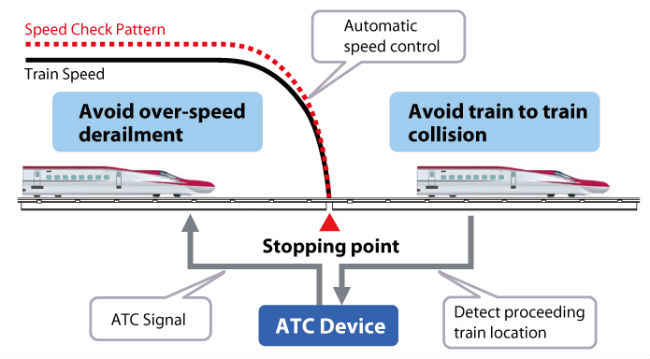Technology that drives the Japanese ‘Shinkansen’ Bullet Trains headed to India
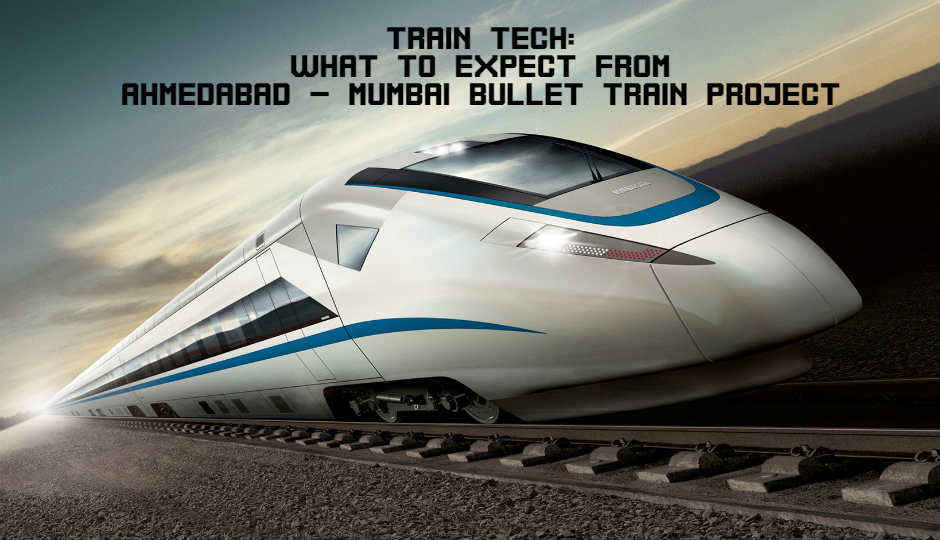
Here's all you need to know about the technology that drives Japan's famous Bullet Trains as India plans it's own high-speed Shinkansen network between Ahmedabad and Mumbai.
When I first visited Japan, taking a ride on the Shinkansen – popularly known as the Bullet Train – was on the top of my list of things to do in the land of the rising sun. I travelled a distance of 340 Kms from the capital city of Tokyo to the capital of Japan’s Aichi Prefecture, Nagoya. It took me a little less than 1.5 Hrs to reach my destination at top speeds of up to 350 Km/h.
If described in a single sentence, the experience was both dizzying and exciting at the same time. Dizzying, because looking out the window of a train travelling at such high speeds makes the outside world appear like a complete blur, and exciting, because the Shinkansen is nothing but a wonder of technology, used by Japan since 1964.
When Japan got its first bullet train called the Tokaido Shinkansen, the high speed rail network was only 515 Kms long and trains travelled at maximum speeds of 200 Km/h. With the growing pace of technology, these trains can now run at speeds of 500 Km/h, while the upcoming Maglev trains promise top speeds of 603 Km/h.
Now, this super-fast rail network is headed to Gujarat, India thanks to the country’s neighbourly relationship with Japan. The first Bullet Train line in india is being built to traverse a distance of 500 Kms from the heart of Gujarat to the maximum city; Ahmedabad to Mumbai. The route will consist of 12 stations for the 12 stops the Bullet Train will be making, completing the entire journey in three hours, as opposed to the current travel time of eight hours.
Like in Japan, the Shinkansen will travel at speeds of 350 Km/h while it has a potential of hitting world record setting top speeds of 500 Km/h. Yes, it is less than half the speed a potential Hyperloop system which boasts of top speeds of 1,200 Km/h, but it is technology that has existed, tried and tested over decades and it works beautifully.
Over the Bullet Train’s 50 year long history in Japan, it has ferried nearly 10 billion passengers. There has only been one derailment incident in the history of the Shinkansen, which happened in 2004 and was caused by severe earthquakes in the Niigata Prefecture. There were no reported fatalities during the incident, but after it, the Japan Railway Company developed a special metal fitting called an L-shaped guide, attached to the outside of the wheel, preventing it from deviating from the rails by controlling the lateral displacement of the cars. As earthquakes are common in Japan, the Bullet Train also uses an Urgent Earthquake Detection and Alarm System, wherein seismometers are installed in areas with high chances of experiencing earthquakes. When there is an indication of a potential earthquake, the system kicks into place and cuts the power supply to the train to avoid any accidents.
Inside Shinkansen 800 series
Did You Know? Japanese crews clean an entire Bullet Train in flat 7 minutes as the train only stops for 8 minutes at each station
To achieve its high speeds, the Bullet Train network is designed to have no obstacles in its path, besides the regulatory stop signals. The train is not affected by slower locals or freight trains and the network has been built sans any road crossings. In Japan, there are heavy penalties imposed for trespassing on the Bullet Train track.
Even the route that the super fast train takes is different from what normal trains would follow. It travels through tunnels and viaducts to go through the obstacles rather than going around them, considerably reducing travel time. In India, the Bullet Train route will mostly be an elevated route, with the exception of a 7 Km long undersea tunnel.
The Bullet Train uses electrified lines with 25 kV AC overhead power supply as opposed to the existing broad-gauge and narrow-gauge systems used predominantly in India. To reduce the pressure of dragging the entire train on the lead car, the power in the Bullet Train is distributed along the axles under each car. All axles in the Bullet Train are motored, which results in higher than usual acceleration. This is also the reason why the train does not loose much time even while stopping frequently.
Did You Know? The Annual average delay is of Bullet Trains is 54 second per train.
For Safety and navigation, an Automatic Train Control (ATC) system runs the entire network. The system warns the train driver with speed indications and audible warnings in case the train passes its prescribed speed. In Japan, the Shinkansen is not allowed to go above speeds of 320 Km/h – 350 Km/h. The Automatic Train Control system will deploy the brakes of the train if the driver does not pay heed to warnings generated by the system.
In India, the 750-seat Bullet Train, along with its network infrastructure, is expected to cost $17 billion (nearly Rs 110,000 Cr), loaned from Japan. However, India will not get Japan’s latest Maglev Bullet Trains called the Chuo Shinkansen. Japan itself is struggling with huge infrastructure and cost issues with its Maglev train project between Tokyo and Nagoya. Maglev trains can travel at speeds of 603 Km/h, higher than the current fastest Shanghai Maglev trains of China. Maglev trains use magnetic levitation over guideways and move without making any contact with the ground. This allows for very high speed travel by reducing friction and creating both lift and propulsion. Japan’s Chuo Shinkansen can levitate at 10cm compared to Shanghai maglev’s 1cm levitation.
The traditional bullet trains travelling between Ahmedabad and Mumbai will launch sometime in 2022, if all goes as planned. The current fastest train in India is the Rajdhani Express which travels at a speed of 160 Km/h. So yes, we are long due for some major improvements in our railway technology and the Shinkansen is a step in the right direction.

